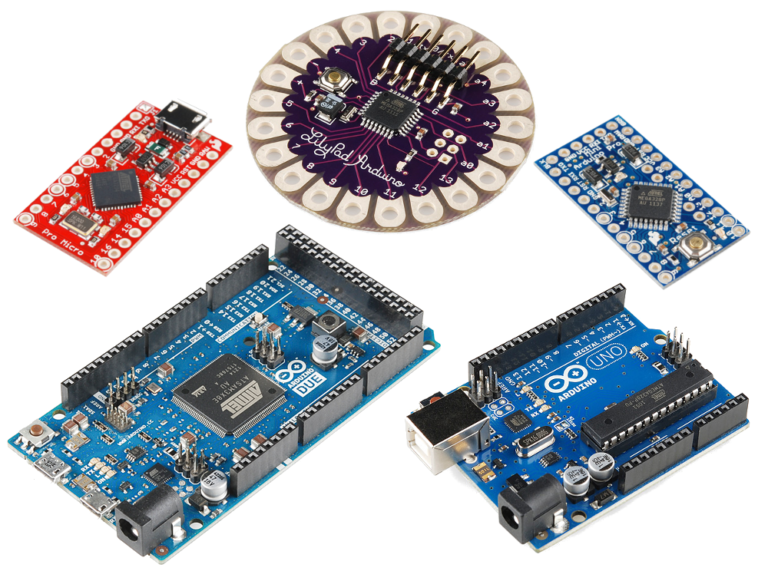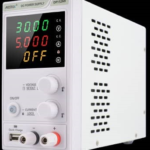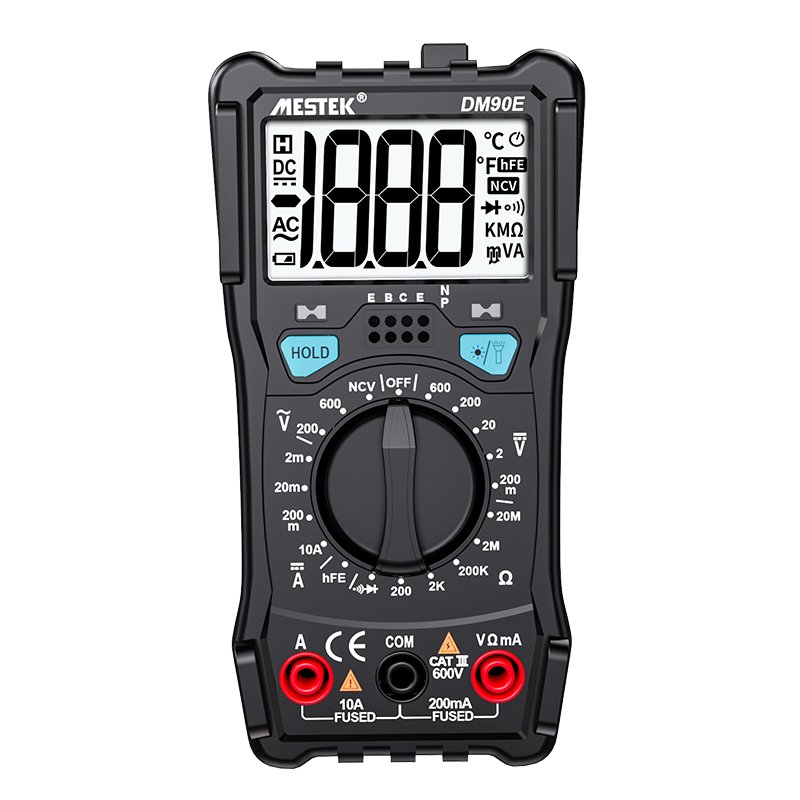Arduino Nano I/O Expansion Board
₦ 3,000
Fast Shipping
Technical Support
Experienced technical support
Nationwide Delivery
To all 36 States
Description
The Arduino NANO expansion board is an accessory designed to extend the functionality of the Arduino NANO microcontroller board. It typically provides additional features, I/O options, and connectivity enhancements that make it easier to interface with external components and modules.
Key Features:
- Provides additional I/O ports and connectors
- Includes power supply options and voltage regulation
- Often features additional circuitry for specific functions (e.g., motor drivers, communication interfaces)
- Designed to be compatible with the Arduino NANO form factor
Technical Specifications:
- Compatibility: Arduino NANO (varies by expansion board)
- I/O Ports: Additional digital and analog I/O ports, pins for connecting external devices
- Power Supply: May include a voltage regulator to provide stable power to the Arduino NANO and connected components
- Connectivity: Headers or connectors for communication with other devices (e.g., UART, SPI, I2C)
- Additional Features: Depending on the board, may include features such as motor drivers, display connectors, or sensor interfaces
- Package Type: Expansion board with pin headers or connectors
Applications:
- Expanding the functionality of Arduino NANO projects
- Providing additional I/O options for complex projects
- Facilitating connections to external devices and sensors
- Adding power management and additional features to Arduino-based systems
Usage:
- Mount the Arduino NANO: Insert the Arduino NANO into the expansion board’s designated connector or header.
- Connect External Components: Use the additional I/O ports and connectors to interface with sensors, actuators, and other external components.
- Power the Board: Ensure that the expansion board is properly powered, either through the Arduino NANO or an external power source if supported.
- Program the Arduino NANO: Write and upload the necessary code to the Arduino NANO to control and utilize the additional features provided by the expansion board.
Caution:
- Verify compatibility with the specific Arduino NANO model to ensure proper fit and function.
- Follow the manufacturer’s guidelines for power requirements and connections to avoid damage.
- Handle the expansion board carefully to prevent damage to the pins and connectors.
Reviews (0)
Only logged in customers who have purchased this product may leave a review.
Shopping cart
Sign in
No account yet?
Create an Account
Arduino Nano I/O Expansion Board
₦ 3,000












 Power supply
Power supply











Reviews
Clear filtersThere are no reviews yet.